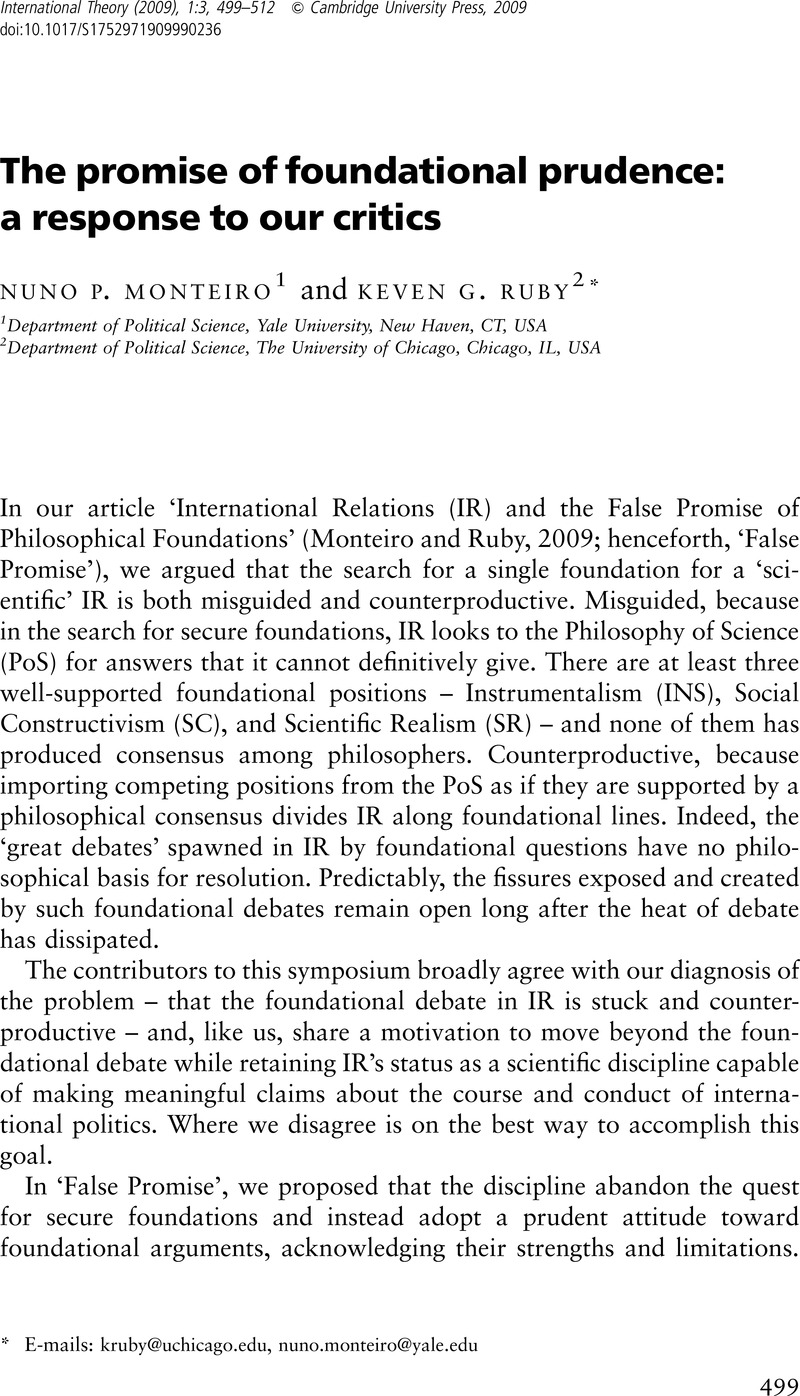Crossref Citations
This article has been cited by the following publications. This list is generated based on data provided by Crossref.
MacKay, Joseph
and
Levin, Jamie
2015.
Hanging Out in International Politics: Two Kinds of Explanatory Political Ethnography for IR.
International Studies Review,
Vol. 17,
Issue. 2,
p.
163.



